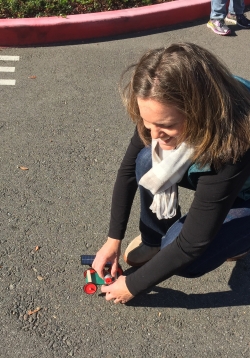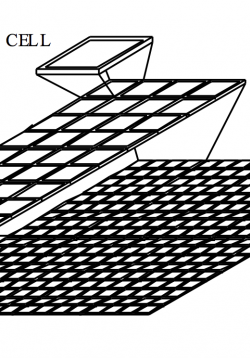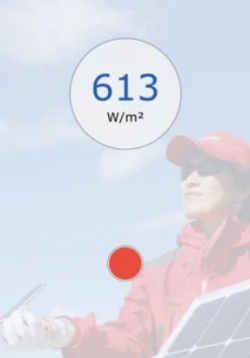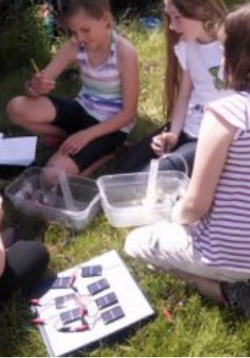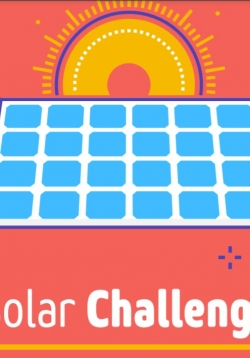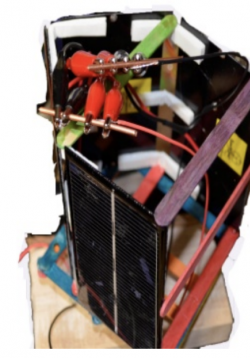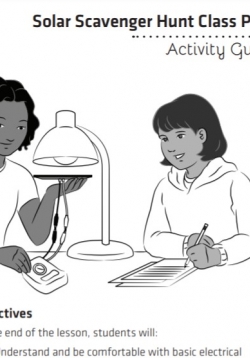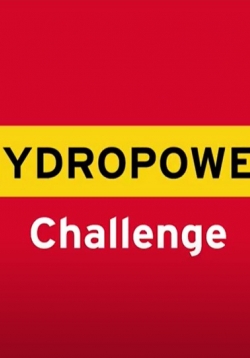Unit Plan - Chemical Differences in Emergency Energy Sources
Students develop atomic and molecular models of energy resources, analyze combustion of various fuels and build circuits with Photovolatic (PV) modules to evaluate and suggest revisions to a disaster preparedness supply list. They then research and...


